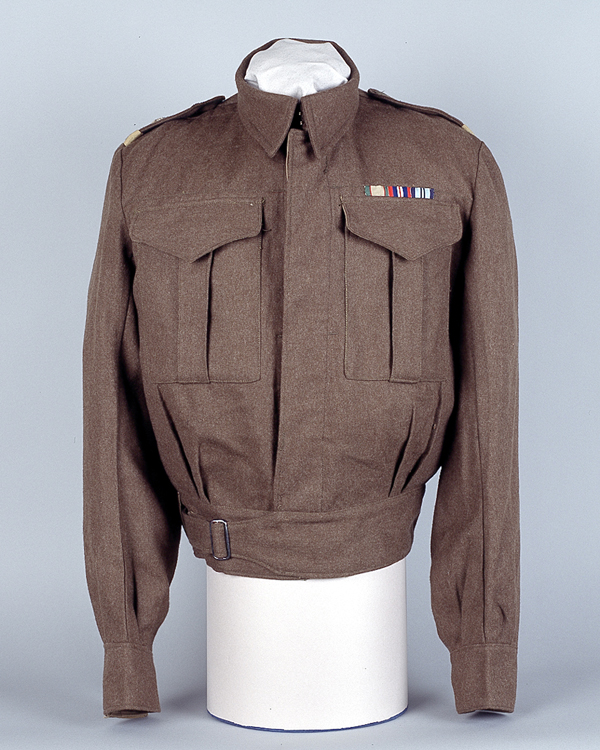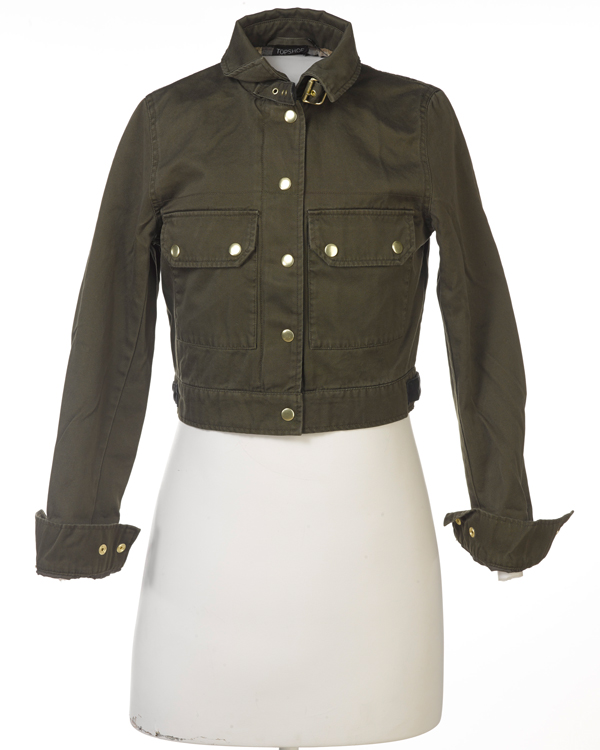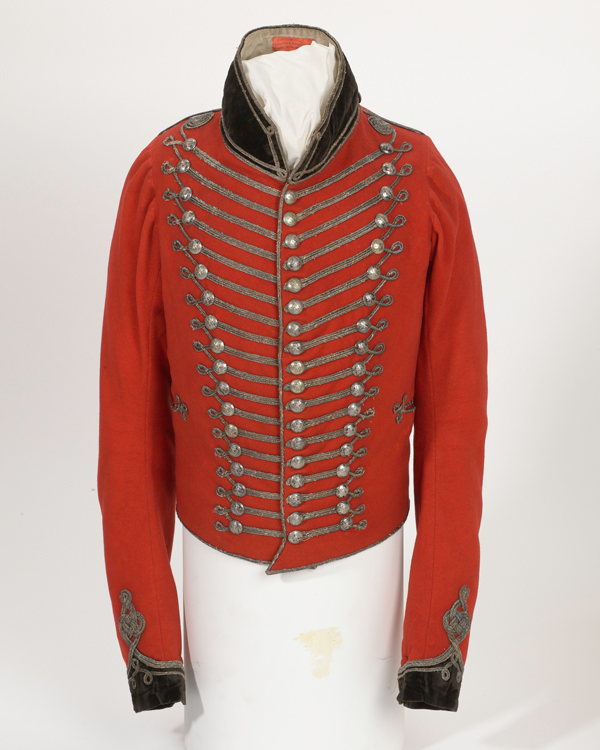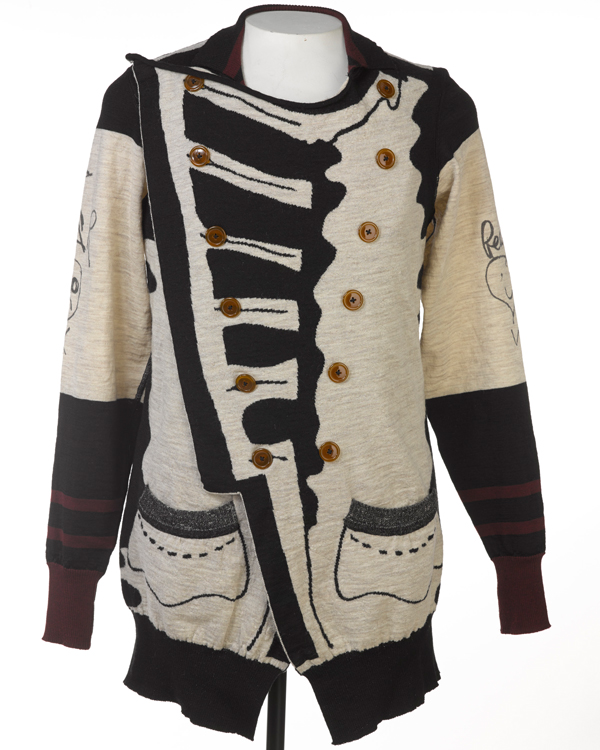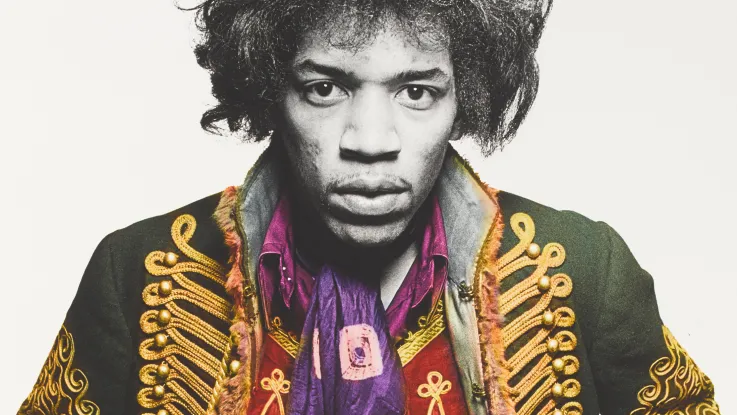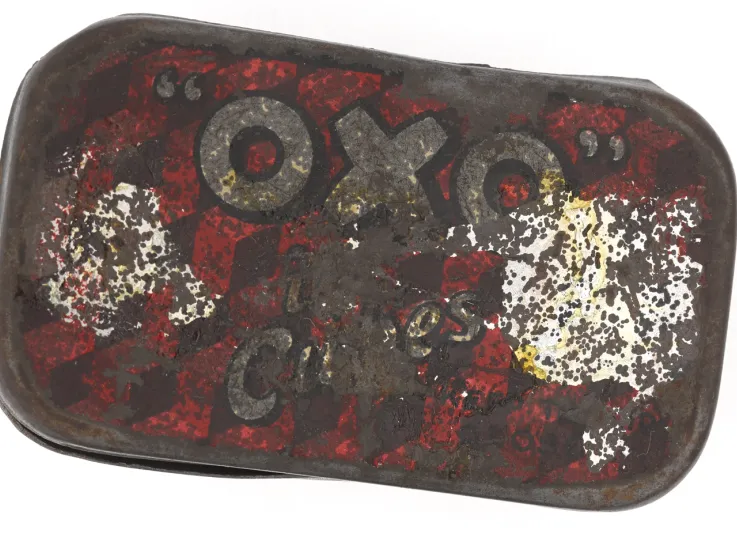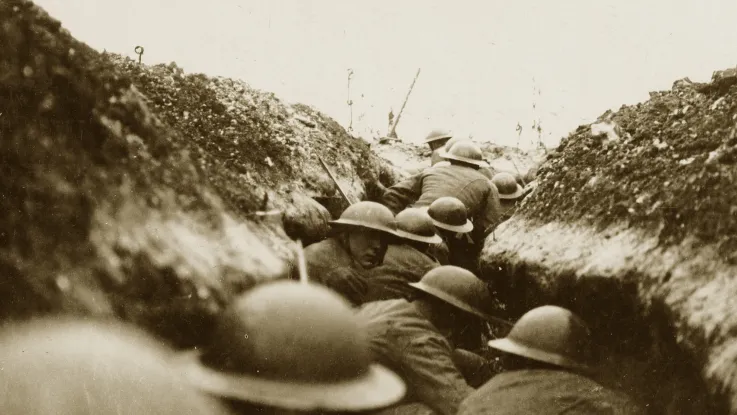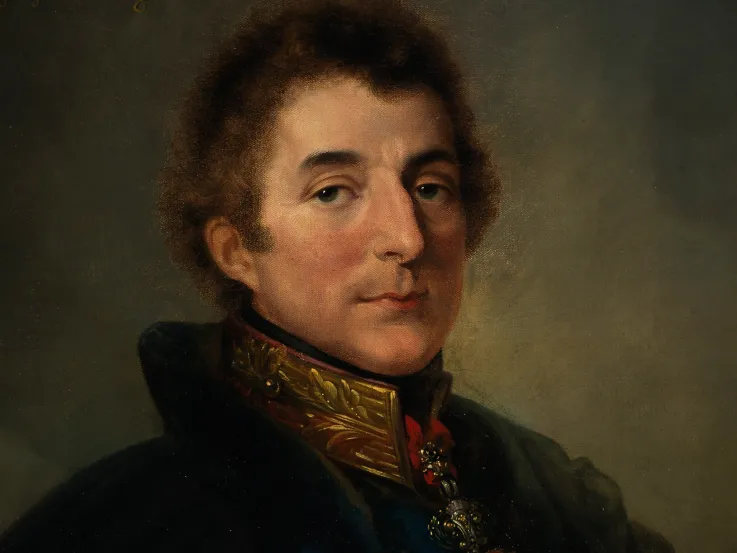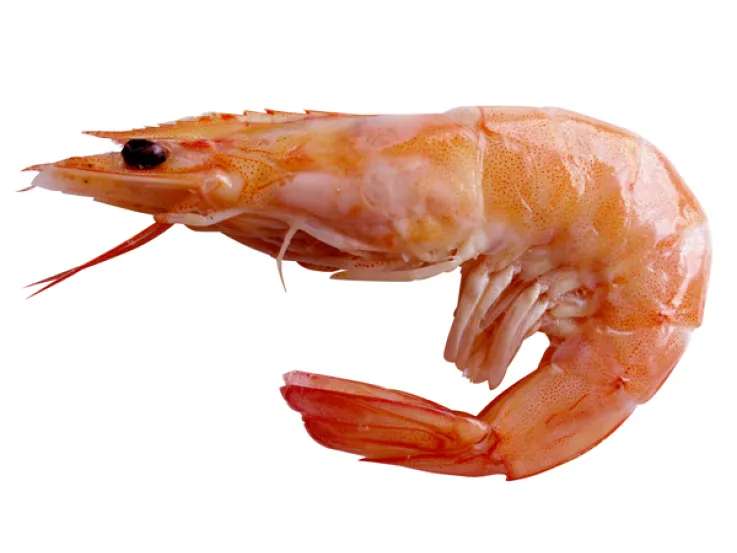
Burberry trench coat, 2014
The trench coat
Burberry's iconic trench coat became popular amongst officers serving in the trenches of the First World War (1914-18).
In 1901, Burberry were asked to design a lightweight raincoat for soldiers. The coat they created was comfortable, practical and came complete with shoulder epaulettes so that an officer could display his rank.
As enlisted men were not permitted to wear trench coats, the garment also became a status symbol. Its sophisticated style and practical function made it desirable even before the end of the war. Coats were purchased by civilians (male and female) who wanted to show their national pride, and excellent style.
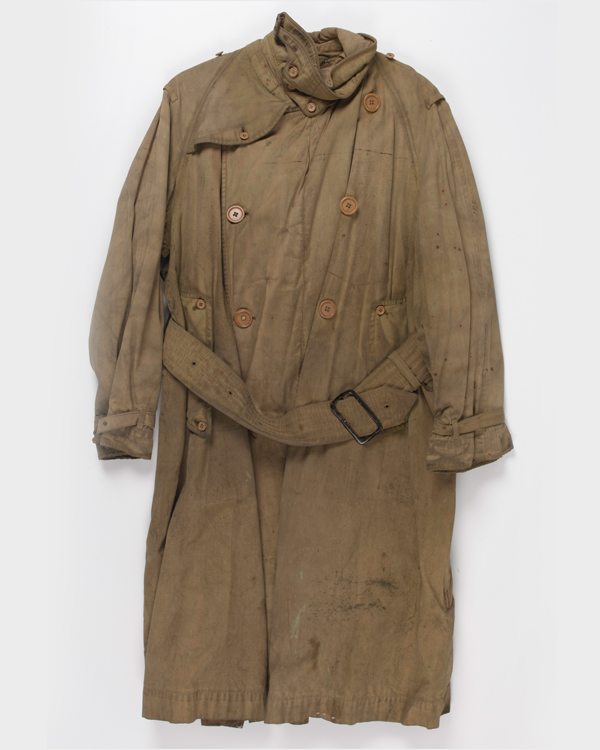
Trench coat worn by Major-General Maurice Holt, 1918
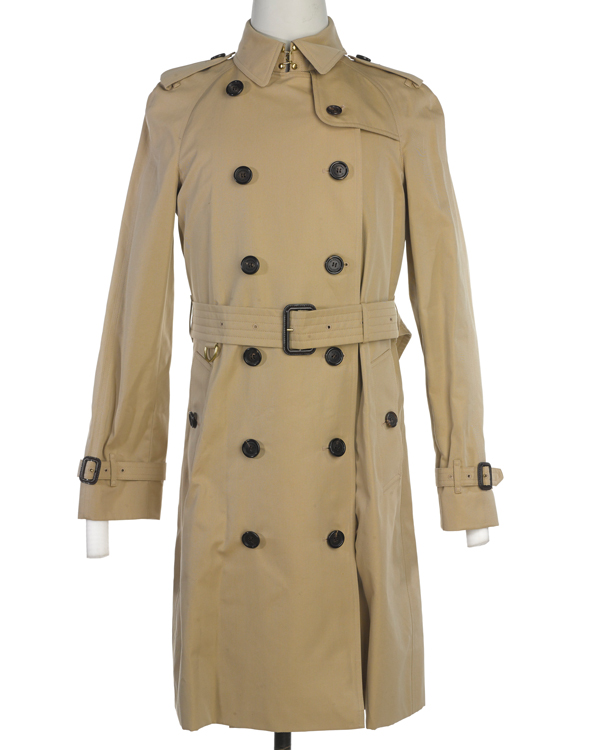
Burberry trench coat for women, 2014
The trench coat remained popular after the war as many officers continued to wear their wartime coats in daily life. The coat got another combat outing during the Second World War (1939-45). But it was really the Hollywood films of the time, like 'Casablanca' (1942), which featured main characters wearing a trench coat, that immortalised its status as a fashion piece.

Topshop cropped jacket, 2014
Battle Dress for everyday
The hardwearing and utilitarian qualities of military uniforms make them appealing for civilians. The British Army developed Battle Dress in the late 1930s as a standard work and combat uniform, which consisted of khaki cargo trousers and a short jacket. It was designed to be comfortable and practical.
It was a hugely effective uniform design that other nations adopted and copied for themselves. Indeed, it served the British Army for 30 years, as it was worn into the 1960s.
Both the cut and the colour of British Battle Dress have become popular recurring fashion trends. It is likely that the practical pockets and buckles of the original design are what initially made it a desirable style. But, especially in women's fashion, these details now often only serve a decorative purpose.

Wellington Boots, 1849
Wellington's boots
Arthur Wellesley, the Duke of Wellington, invented Wellington boots when he instructed his shoemaker to design him a boot which was strong enough for riding. He noted that cavalrymen's lower legs were left vulnerable to fire while on horseback and proposed that a leather boot could offer some protection.
But, ever fashion conscious, he also asked the shoemaker to ensure that the boot was smart enough to be worn in the evening! The style became popular among the aristocracy after the Napoleonic Wars (1803-15) as men were eager to emulate their favourite war hero.
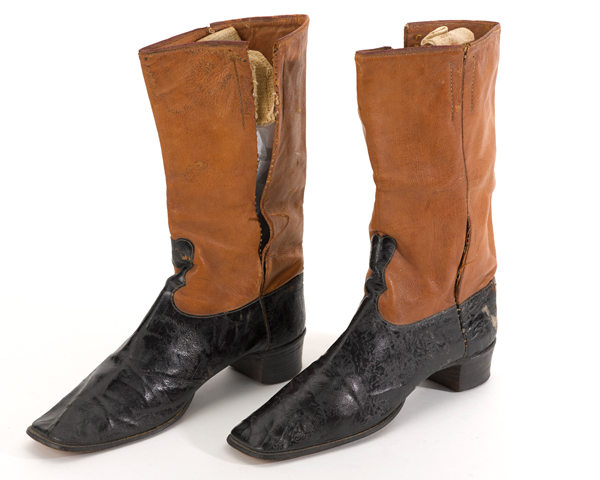
Wellington Boots, 1849
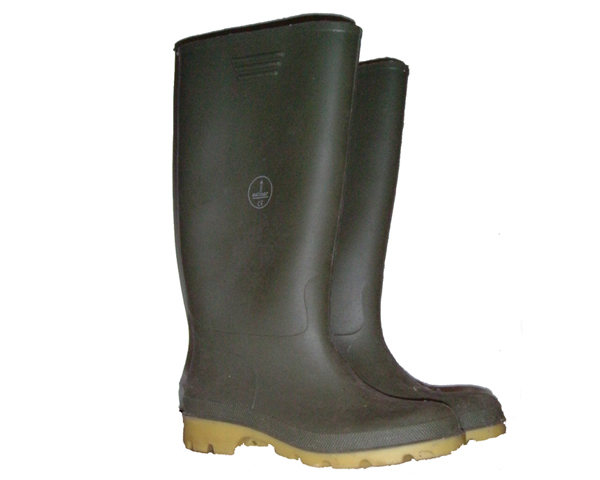
Modern rubber Wellington Boots, 2005 (Wiki Commons)
Wellingtons were first made of rubber in the 1850s. But it was not until the muddy conditions of the First World War that demand for the rubber boots rose dramatically.
The North British Rubber Company (now Hunter Boots) manufactured boots for the Army during the First and Second World Wars to combat wet conditions underfoot. In doing so, they ensured that the Wellington was no longer a fashion statement for the aristocracy.
Today the Wellington boot, originally created for its style, is a purely practical piece of clothing.

Vivienne Westwood 'Make Love. Not War.' cardigan, 2012
Make knitwear, not war
This cardigan by British fashion designer Vivienne Westwood uses military themes to protest against war.
The design on the front of the garment emulates the braiding on a Victorian military jacket, a motif that has appeared time and time again on the catwalk in recent years. The bright colours, shiny buttons and highly decorative details, which became impractical to soldiers in combat, are popular designs in military fashion trends that present a powerful, tailored look.
But Westwood's cardigan is scrawled with anti-war messages, reflecting her political views. By purchasing it, are customers making a fashion statement or a political one?

